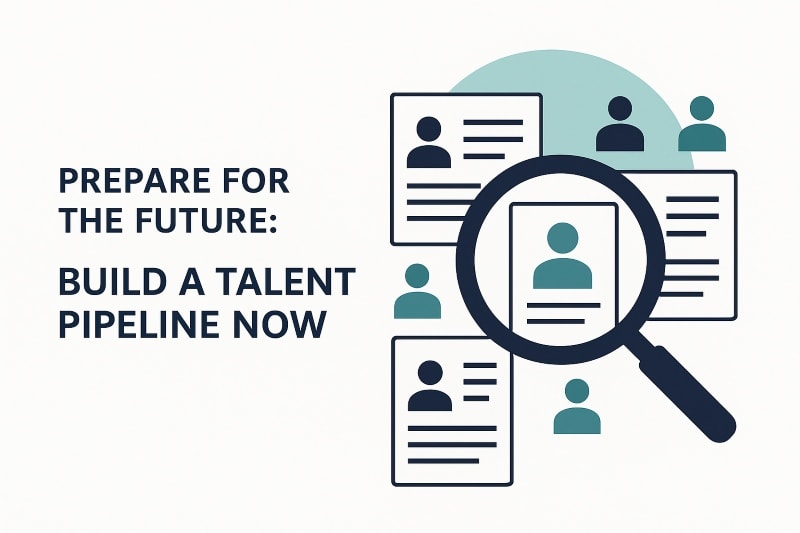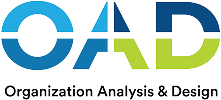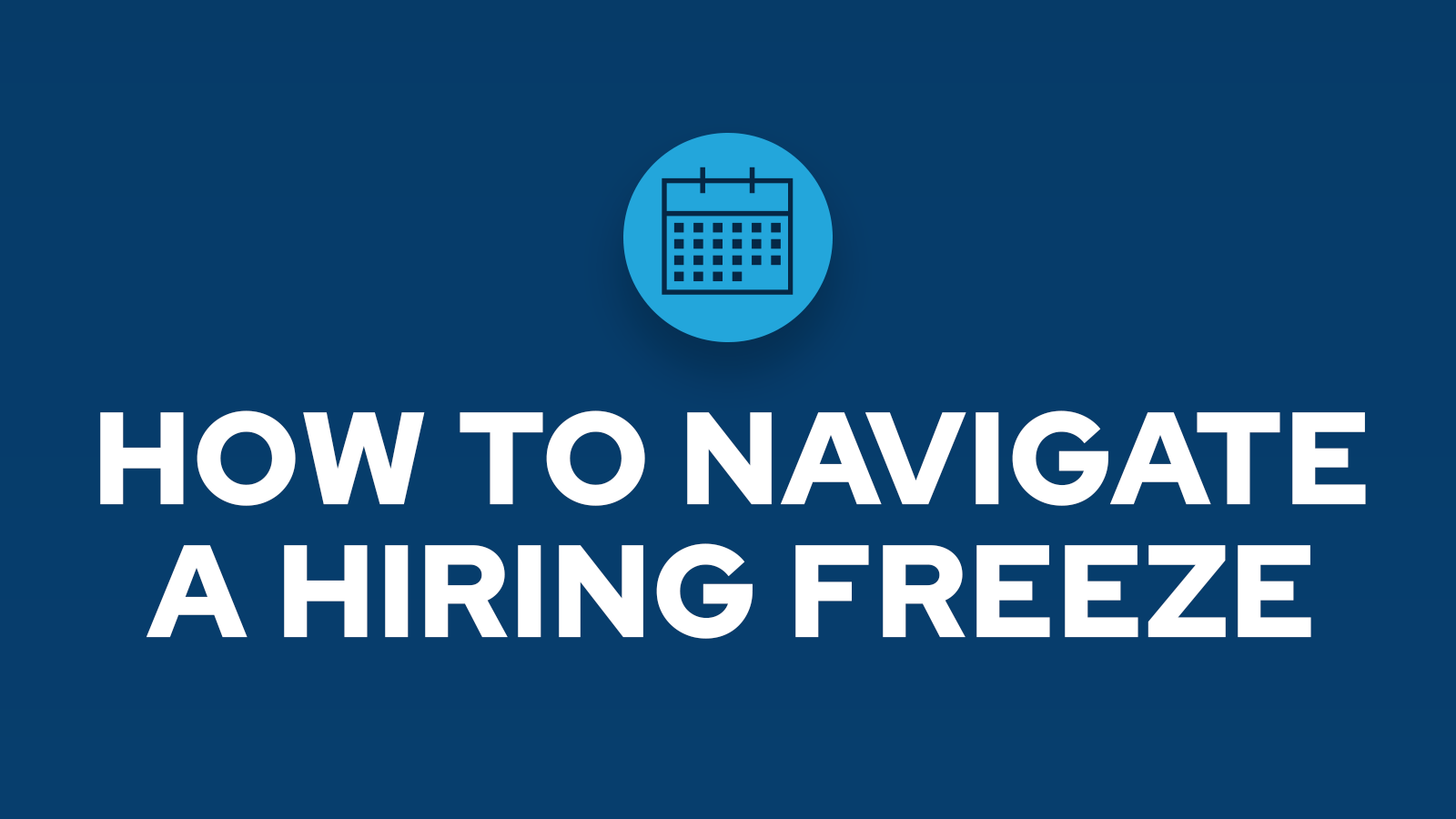A hiring freeze can feel like a full stop for growth—but for HR leaders, it’s an opportunity to show real strategic value. Whether in private enterprises or across the federal workforce, freezes put personnel management to the test, demanding smarter use of existing talent and resources. By approaching this challenge with data-backed strategies, HR can protect productivity, maintain employee engagement, and set the stage for long-term success.
Table of Contents
- Strengthen Internal Mobility and Personnel Management Programs
- Maximize Your Federal Workforce Talent Development Budget
- Leverage Technology for Federal Workforce Efficiency Gains
- Double Down on Employee Engagement
- Prepare for the Future: Build a Talent Pipeline Now
- Conclusion
Strengthen Internal Mobility and Personnel Management Programs
When external hiring stalls, your existing workforce becomes your most valuable resource. Internal mobility—reassigning or promoting employees into new roles—ensures critical positions are filled, even when a hiring freeze restricts bringing in new talent. For HR, this isn’t just a stopgap measure; it’s a core element of modern personnel management that signals growth opportunities even during uncertainty.
Cross-training, mentorships, and upskilling programs help employees build new competencies while keeping organizational knowledge in-house. Research from LinkedIn shows companies with high internal mobility retain employees twice as long as those without structured programs. In large organizations—including the federal workforce—this kind of resilience is crucial for maintaining continuity in roles tied to operations, compliance, or even public safety.
By framing mobility as a strategic advantage, HR leaders demonstrate that hiring freezes don’t halt career development. Instead, they highlight an internal culture where adaptability and growth are possible—even when external hiring is paused.

Maximize Your Federal Workforce Talent Development Budget
When hiring slows, every investment in your current team matters more. A hiring freeze gives HR leaders the chance to redirect resources toward training, leadership development, and coaching—initiatives that strengthen both performance and loyalty. In industries where continuity is critical, such as the defense department, healthcare, or aviation, skill-building becomes not just an HR initiative but a matter of public safety.
The key is knowing where to focus. Rather than broad, one-size-fits-all training, use data-driven assessments to identify skill gaps and growth potential. Tools like OAD’s scientifically validated survey help pinpoint opportunities at both the individual and team levels, ensuring development plans are tailored and impactful. This not only maximizes budget efficiency but also signals to employees that the organization is committed to their long-term career growth.
By prioritizing targeted development now, organizations emerge from hiring freezes with stronger, more versatile teams—ready to step into new roles and handle evolving business needs.

Leverage Technology for Federal Workforce Efficiency Gains
When fresh talent isn’t an option, the right technology can multiply the impact of the team you already have. Automating repetitive HR tasks—like scheduling (including special categories such as Schedule A or C positions), payroll, or compliance reporting—frees employees to focus on higher-value work. Even in large-scale environments such as the federal workforce or national service organizations, efficiency gains through digital tools can make the difference between meeting goals and falling behind.
Start by auditing your current tech stack for overlap or inefficiencies. Project management platforms, AI-powered applicant tracking systems, and employee engagement tools can help reduce workload while improving accuracy. Importantly, pairing these tools with behavioral insights—like those provided by OAD’s assessments—ensures employees are placed in roles where they can thrive, maximizing both productivity and morale.
In short, technology isn’t a substitute for talent—it’s a force multiplier. By deploying it wisely during a hiring freeze, HR leaders can maintain operational momentum while preparing teams for long-term success.
Double Down on Employee Engagement
A hiring freeze often sparks uncertainty across the workforce. Employees may wonder if their roles are secure or if growth opportunities have dried up, leading some to quietly explore options elsewhere. For HR leaders, this makes engagement more than a nice-to-have—it’s a business-critical function.
Strong communication is the foundation. Transparent updates about organizational priorities reduce speculation and build trust. Recognition programs, virtual coffee chats, or small celebrations of milestones can remind employees that their contributions are valued. Research from Gallup consistently shows that engaged employees are 21% more productive and significantly less likely to leave, even in uncertain times.
Beyond recognition, engagement also means listening. Simple mechanisms like pulse surveys or manager check-ins help HR identify brewing issues before they escalate. When employees feel heard and supported, they are more likely to remain committed—turning what could have been a period of attrition into one of loyalty and resilience.

Prepare for the Future: Build a Talent Pipeline Now
A hiring freeze doesn’t mean recruiting stops—it means the strategy shifts. Forward-thinking HR leaders use this time to build relationships with potential candidates, keeping the organization top of mind for when positions reopen. In fact, some of the most competitive companies treat talent pipeline development as a continuous function, not a reactionary one. Additionally, some organizations focus on building pipelines for positions related to critical functions—such as national security or public safety—that may be exempt from hiring freezes.
Practical tactics include hosting virtual networking events, maintaining an “evergreen” careers page, or sharing industry insights with prospective candidates through newsletters. These small touches keep the employer brand visible and attractive, even when no positions are posted. Companies like Amazon and Tesla are well known for cultivating ongoing relationships with top talent, ensuring they can act quickly when headcount restrictions lift.
By aligning pipeline-building with behavioral insights—such as OAD’s scientifically validated assessments—HR can go a step further: identifying not just skills, but cultural and personality fit. This creates a pool of qualified, engaged candidates who are more likely to succeed and stay once hired. When the freeze ends, the organization is already ahead of the competition, ready to scale without delay.

Conclusion
A hiring freeze doesn’t have to be a setback—it can be a proving ground for HR leadership. By focusing on internal mobility, targeted development, technology adoption, engagement, and future pipeline-building, organizations not only weather the freeze but emerge stronger and more agile.
Periods of limited external hiring highlight the importance of strategic personnel management and evidence-based decision-making. Just as leaders like Warren Buffett emphasize long-term thinking during economic slowdowns, HR leaders who invest in their people now create a foundation for resilience and future growth.
This isn’t about waiting for conditions to improve—it’s about demonstrating that HR can drive stability and innovation in the face of constraints. When the freeze lifts, your organization will be positioned not just to recover, but to thrive.
Test OAD for free today to see how OAD’s science-backed insights can help your HR team navigate a hiring freeze with confidence and clarity.

